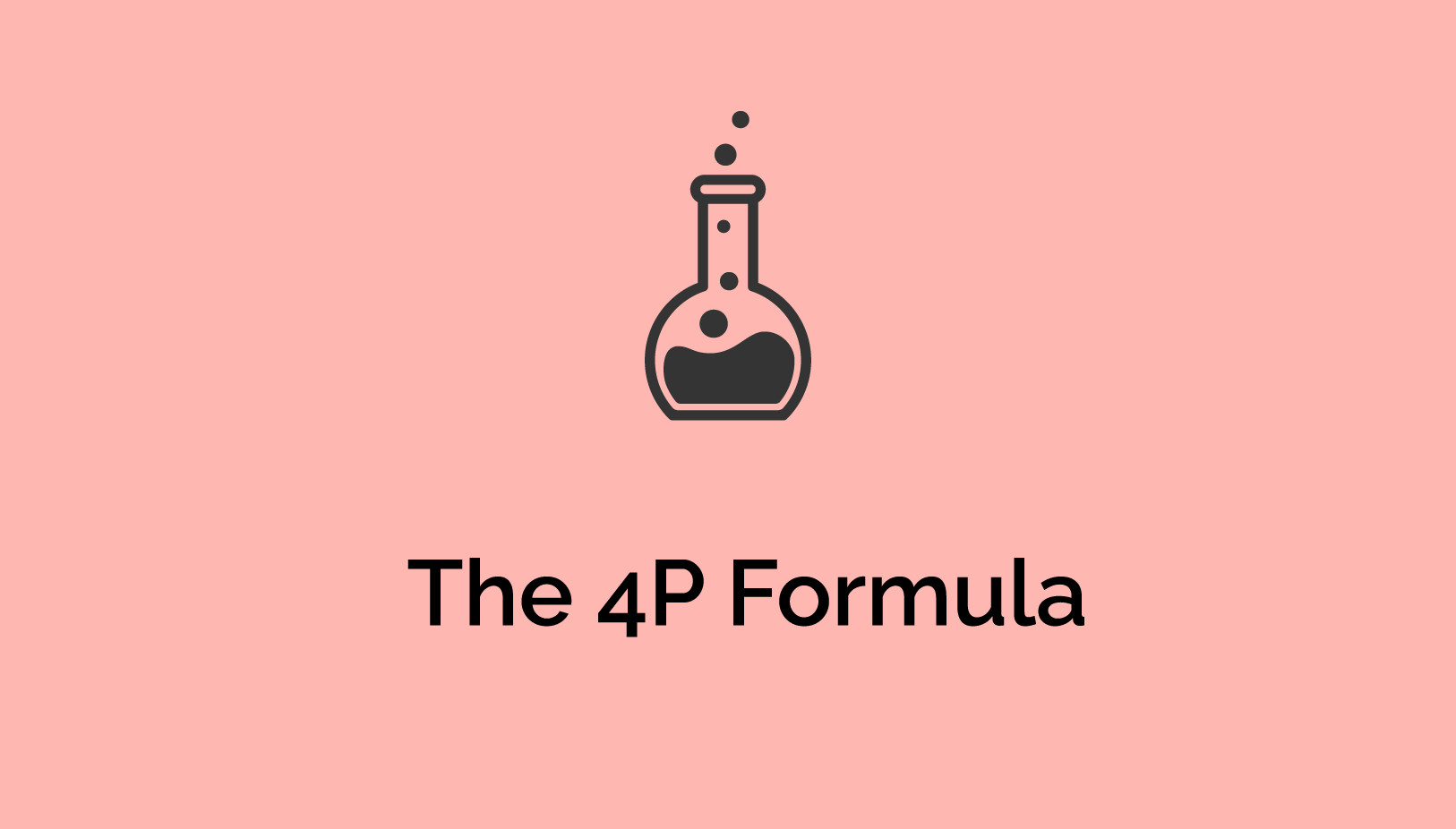The 4P formula for persuasive copywriting is somewhat different to the traditional 4P Marketing formula – Product-Price-Promotion-Place. This version invariably forms part of the “Promotion” segment of the customary one so let’s investigate 4P in more detail…
Promise
At this stage, your aim is to capture the interest of your audience by drawing attention to a promise of what they stand to gain by using your product. From your heading and subheading through to your introduction, make your readers sure that there’s some benefit to them by reading on. Know your audience intimately, and ensure that your promise is distinct, feasible and desirable.
The Recliner Example: “It is so comfy that you won’t want to move at bedtime.”
You’re promising your audience that the recliner is more comfortable than any alternative.
Picture
After stating your initial promise, it is now time to start “schmoozing” a little. Use emotive and descriptive language to paint a picture of what you’ve promised, and exactly what the benefits are to your audience. Allow them to imagine using the product and how it’ll feel to them.
The Recliner Example: “Lounge back into your new luxurious velvet recliner and allow the stresses of the day evaporate by allowing your body to relax completely.”
By creating an emotional interest for your audience, you enhance the benefit of your promise with a desired scenario for body and mind.
Proof
After arousing an emotional interest for your product through your promise and the picture you’ve created, you need to provide the proof to back this up. Most people become more open to suggestion with emotion, but doubts can remain. Removing these through proof that substantiates this suggestion – providing statistics, studies, testimonials, graphical data and demonstrations – are ways to cement the conversion.
The Recliner Example: “Our recliners have been subjected to intensive comfort and luxury studies. After testing, over 50 users provided a combined average rating of 4.77 out of 5 for luxury and 4.84 out of 5 for comfort. Please follow the link below for a list of testimonials.”
You’ve answered many prospective customers’ doubts and questions by providing them with undeniable proof to back up your promise and the emotional picture that you’ve painted.
Pitch
The most vital part of persuasion is understanding. You’ve spent time educating your audience on your product’s benefits and your pitch is the final push to cement a deal. Offer additional incentives to make the purchase of your product a “no brainer”. Give reasons why the sale should happen soon.
The Recliner Example: “Don’t delay! For the next 48 hours, any online purchase of our product will include a 15% discount off the marked price and our first 15 customers will also receive a sturdy side table as part of the deal. Buy now and enjoy luxurious comfort within the stipulated delivery time of 3 working days.”
You’ve incentivised your audience to become customers by offering them something extra and a great discount if they act fast. By previously educating them regarding the benefits of the recliner and by adding additional benefits in your pitch, you’ve provided them with a number of great reasons to invest in your product.
Summary
Persuasive copy is not always easy. The 4P formula for persuasive copywriting requires a decent blend of fact and emotion to work well, along with a very good understanding of your target market. If used correctly, the formula can result in an improved conversion rate and is an adaptable way of creating original, persuasive copy.
- Technology and the future of books - July 29, 2021
- The benefits and importance of UX writing - July 29, 2021
- Use the science of music as a tool to enhance creative productivity - July 28, 2021

1 thought on “The 4P Formula for Persuasive Copywriting: Promise-Picture-Proof-Pitch”